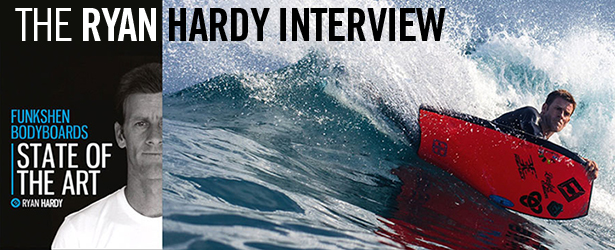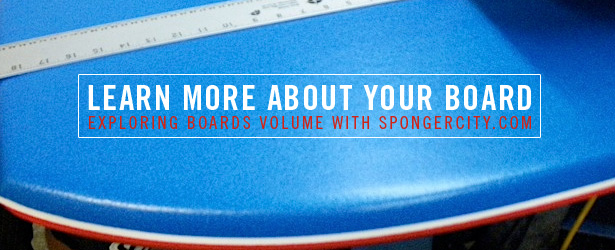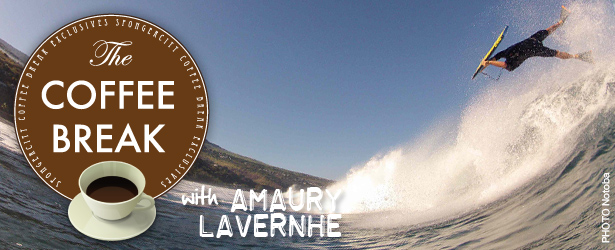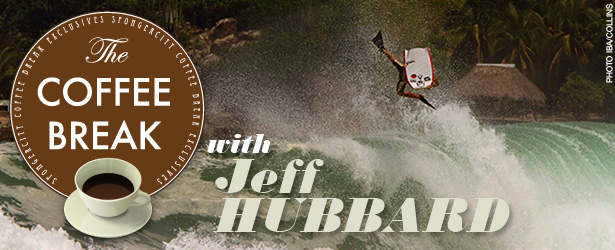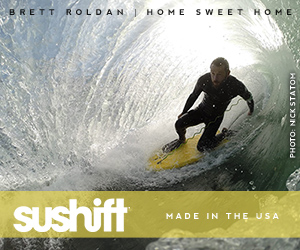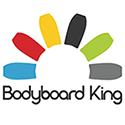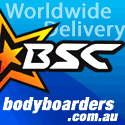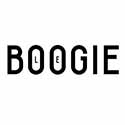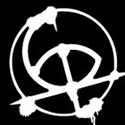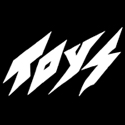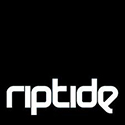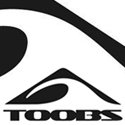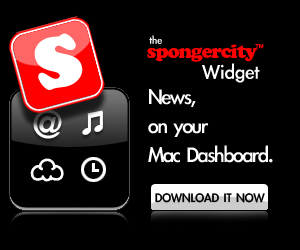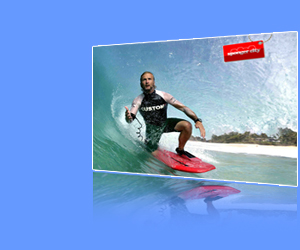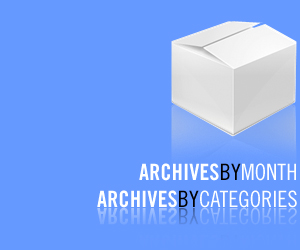We’ve been willing to write this article for a while but we never got the time nor the motivation to type anything else than our little news entries the last couple weeks. Articles are like interviews and product reviews, i reckon they require more time and concentration than just writing a couple lines on the latest news around the world.
Anyway, what’s the “Myth of the one board quiver” you’re gonna ask me ? It’s a simple fact that we often observe in bodyboarding: most people ride one board hoping that it will work well in any condition and water temp. Pros usually ride heaps of different boards, eventually find a template they like and then narrow down their choice to 2 or 3, maybe 4 boards, but not just one board, or at least it’s quite rare to see pros riding one board all the time. Why ? simply because you surf better when you adapt your craft to the conditions. The article is all about how to adapt your board to the waves you surf and find the good board(s) for you.
There’s a million way to adapt your board to what you surf. Try different width, length, thickness, materials, rails etc. is a good start.
Once you’ve found the kind of template you like (prone or dk or polyvalent), you can experiment with differents boards, dimensions and materials.
Small waves ?
You will notice that a bigger board will float better, paddle faster and will get you in the waves earlier and easier. In smaller waves it’s often recommended to surf a bigger board (or wider board) and stiffer board to float better and gain speed even when waves are small and mushy. The problem with bigger boards is that it’s harder to control and spin, so you’ll have to find the correct length or width that suits you. Too long and you won’t control the board well, too wide and the board will be hard to turn. Use Polypro (PP) core if you want a stiffer board, it goes faster than Dow (PE) in smaller waves. PP is harder to control but goes fast and is more solid.
You can also play with the thickness of your board without changing the dimension, with a thicker board you’ll float better and go faster in small waves.
Play with materials too, use PE+stringer+mesh or just PE+stringer or PP+stringer or plain PP with just mesh which works well. Ask your local shaper for a custom board or advice about cores, dimensions and thickness.
Rails are important too, we’ve tried many different boards but rails are a hard thing to determine, it’s really about personnal preferences whether you go for 50/50 or 60/40 rails. Usually it is said that heavier riders or DK riders could prefer 50/50 rails and lighter riders or prone/polyvalent riders will prefer 60/40 rails but believe us, try it to see for yourself, it’s not because you’re light that you’ll like a 60/40 rail and it’s not because you DK all the time that changing to a 50/50 rail will make you surf better. Rails have an impact on how the board floats and how the rails and board will drive and turn and penetrate water.
Bigger waves ?
Usually good bodyboarders tend to surf a smaller board and flexier board in bigger surf. Why ? Because a smaller board and flexier board will offer more control, will float less and stick to the face of the wave even when you go fast and it’s hollow, cause you can bend it and push harder and penetrate the surface easier. Use a shorter board or a narrower board.
Some pro riders only play with the width of their boards to adapt it to the size of the waves they surf. They dont use a shorter board, they use the same size but they have narrower template in bigger waves. (Ben Player does that for example, using 3 different width of boards). PE+stringer or PE+stringer+mesh is usually the choice of pro riders in heavy waves, but we say “usually” because it’s not always true: Some riders like stiff boards in all conditions, and some also like bigger boards for bigger surf. Why ? because a bigger board will paddle into waves easier, so it’s easier to catch the wave and paddle fast on a bigger board… then it’s another story to control the speed of the board once you’ve dropped in but both theories could be good theories. A small PP board could be perfect in bigger surf also because it’s stiff and goes fast, past the sections and in the barrels, but it’s small so less-surface more-control. It’s up to you.
Water temp ?
Adapt your board to the water temp ! Warm water will make you board flexier, and cold water will make them stiffer. This, at least, is something you know, it’s science. Any board core will be stiffer if it’s in cold water. So you can use PE in colder water to compensate the natural stiffness of the core or use PP but ask for a super thin core when you get a board, this way it will still be flexible in cold water.
How to find the correct board ?
Try, try, try and try. Try your friends boards, go to the demos at your local beach and try the boards they have. When you buy a board surf it a couple times without a plug and without a leash (if you’re confident with this), this way you dont plug it and you’ll sell it easier if you don’t like it. But remember to always give a good try to any board, it’s not always the first impression that is the right one. You have to adapt to the board sometimes. But if you feel like you have to change your style to adapt to the board then it’s probably not a good board for you. If you plug your board plug in the middle (only do this if the stringer doesnt go too high or if there is no stringer or it’s a double stringer board) because this way you’ll sell your board easier.
Get a custom board ?
If you feel like you need or want a custom board because you kinda know what board you like and have an idea of what you want, then prepare your custom order wisely. The better you prepare it the better the board will be and the easier it is to shape it.
Prepare a list of what you’ll want, like dimensions, options, core, details etc. and overall shape.
- Length
- Nose width
- Wide point width
- Nose to wide point length
- Tail width
- Shape template: prone with a straight template or prone with a rounder template, polyvalent, dk with a round nose or dk but basic shape ?
- Options: hand grips, contours, bat tail or crescent tail ? or gullwinf tail ? clipped piece of tail or rolled tail ?
- Core: PP or PE, number of stringer ? maybe no stringer and just mesh ? maybe stringer + mesh ?
- Thickness: it’s very important. Thickness is a great thing to get a stiffer or flexier board.
- Rails: 50/50 or 60/40 or maybe 55/45 if the shaper does it.
Your shaper can help you with your dimensions, ideas etc. but remember that shapers like clear and simple orders, with easy comments and details. They dont want to read a whole story about your future board, they want your specs and you ideas, and will work according to what they understand, so be clear and precise.
Who shapes good custom boards ? Heaps of shapers, in the US you can ask Toobs, Vortex, CustomX, Cartel, Jimmy Linville, PMA… In Oz you can ask QCD, Unknown, Funkshen, 4Play… In Europe they are shapers in spain (Arin we think) and France (Primo). In South Africa there’s ATD. And we probably forget some custom shapers, so leave a comment and we’ll add them in here.
Colors and stamps wont make you surf better… but colors are important because some colors are flexier or stiffer than others on the deck of the boards. It’s just the chemicals used that make certain colors stiffer or softer. It changes all the time but go in a shop and check the boards, you’ll notice that on a same model the board could be stiffer on the deck just because the color is different. Oh and Black decks are not really sun-friendly, that’s for sure ! Slick colors dont make a stiffer / softer different, at least it’s super hard to see any difference when you check a board so dont worry about slick colors.
A stock board in a shop ?
Stock boards are just as good as custom boards most of the time. Right now, seriously, most stock boards are unbelievably good and solid compared to the old days.
Before you buy a stock board in a shop, try to think of what you want: size ? core ? options ? Then in the shop, try to check the thickness of the boards, the flex they have, the quality of the shape etc. Keep in mind that a lot of boards are shaped by the same companies/factories and that only colors, shapes and brands’ stamps on the board are subject to change. The quality will be the same for exemple on a VS, a NMD, a Science, a Morey and a HB board. Because they’re all made by the same factory, and they’ll all be good boards.
It’s not because it’s not a custom board that it wont work well: keep in mind that all stock boards are hand made ! and All stock boards (good brands) are just as nice and solid as a custom board. The advantage of the custom board is that you have the exact shape you want and design you like, and sometimes the details and quality is higher because the custom shaper will pay more attention to details and quality.
So what’s your next board ?
Feel free to add / comment / feedback in the comments below. If comments don’t appear immediately it’s normal, it’s our spam filter doing it’s job and checking comments, the comments will most likely be there a couple hours after you left them.


